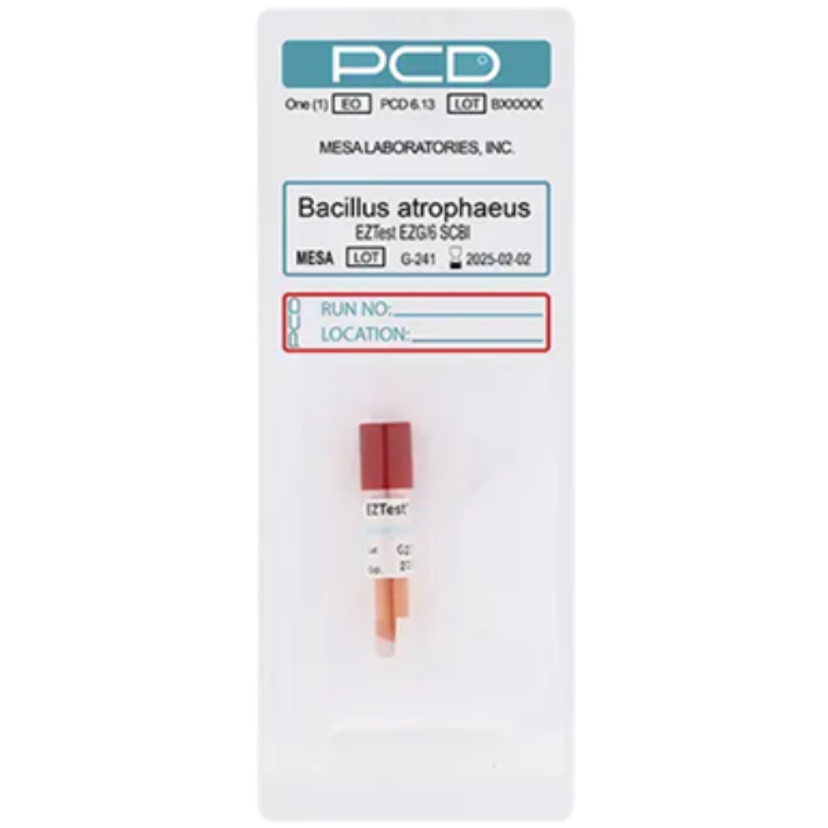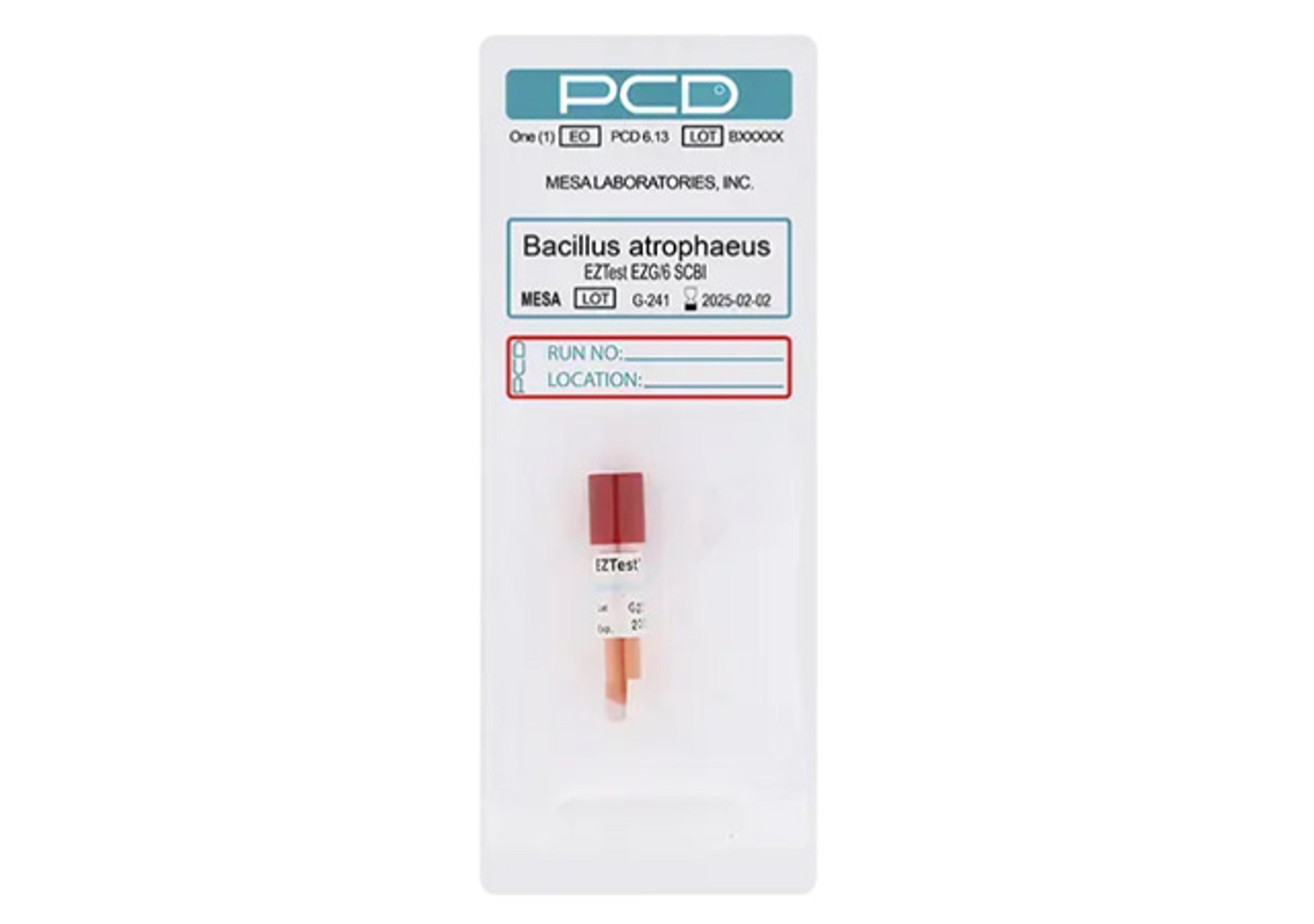Why medical device manufacturers should rethink sterilization assurance
Experts unpack the risks of homemade PCDs and the impact of regulatory and technological change on sterilization
7 Oct 2025

(Left) Dennis Christensen, CEO at Advanced Sterilization Technology, and (Right) Henry Sibun, independent regulatory consultant.
Before a catheter, stent, or wound dressing ever reaches a patient, it must first survive a trial by gas; sealed in its packaging, locked inside a steel chamber, and flooded with microbe-killing ethylene oxide (EO). Sterilization is one of the most critical steps in delivering any medical device, with patient safety, regulatory scrutiny, and costly delays to market all on the line.
Whether sterilization is performed in-house or outsourced to a contract provider, manufacturers must be confident that the process can eliminate even the most resistant microorganisms in the hardest-to-reach areas of a product. To provide this assurance, they rely on process challenge devices (PCDs) – test devices placed within sterilizer loads that use biological indicators (BIs) to confirm the effectiveness of each cycle.
Many medical device manufacturers are currently making their own PCDs, often in the form of tubes, pouches, or syringes filled with commercial BIs. However, while these homemade devices can meet minimum regulatory expectations, they also introduce significant risks, from high variability to unvalidated resistance.
Two experts in medical device sterilization: Dennis Christensen, CEO at Advanced Sterilization Technology and Henry Sibun, an independent regulatory consultant, share how external PCDs have evolved, highlight the hidden risks of homemade devices, and explain what ongoing developments in sterilization technology and regulation could mean for medical device manufacturers.
The rise of external PCDs

Backed by two decades of data and experience, Mesa Lab’s PCDs are standardized, reproducible, and audit-ready, offering a peace of mind that homemade devices simply cannot match.
Between them, Sibun and Christensen have nearly a century of sterilization experience. Sibun has spent more than 30 years in the medical device industry, beginning as a microbiologist running on-site EO sterilization for heart bypass tubing, later working as a senior auditor with a notified body. Since 2011, he has been advising companies as a consultant on validation and regulatory submissions. Christensen has been actively involved in sterilization for 58 years and has sat on the ISO 11135 EO sterilization standards committee since 1984.
Over the course of their careers, the way sterilization is performed, validated, and regulated has changed dramatically. “When I started with Becton Dickinson, we were putting a number of biological indicators in products in the most difficult place to sterilize,” recalls Christensen. “We opened up cartons and put them in random locations, and it took a lot of time and money to make the PCDs, insert them, retrieve them, and then test them.
Recognizing this inefficiency, Christensen went on to co-develop a patented PCD design that facilitated external placement of the PCD. “It reduced the cost, but more importantly, eliminated the need to open boxes to place and retrieve the PCDs, minimizing employee exposure to EO,” he explains.
Mesa Labs can provide PCDs with reduced incubation time (RIT), using self-contained BIs. Whilst most large contract EO facilities use PCDs that require a minimum of 7 days of incubation, Mesa's shorter incubation time can significantly reduce the required storage space for products after EO sterilization is complete. Not only does this save space, it also reduces the time it takes to deliver products to customers.
Sibun, who began his career in the 1980s, remembers a similarly rudimentary regulatory landscape. “At the time, the only real guidance was a European standard called EN550,” he says. “The standards weren’t particularly easy to follow in those days.”
In 1994, ISO introduced the first version of 11135, which formally set out requirements for both internal and external PCDs. “At that point in time, probably 90% of the companies were still placing BIs in product — external PCDs were not commonly used,” says Christensen.
Today, PCDs are a standard part of EO sterilization practice; internal devices are used during initial validations, while external PCDs are relied on for routine monitoring. But while their role is now universally recognized, the way manufacturers source or design them still varies widely, with significant implications.
Homemade vs. commercial PCDs
For many manufacturers, building homemade PCDs has become a common practice. It can appear cost-effective and satisfy minimum regulatory expectations, but both Christensen and Sibun stress that this approach carries hidden risks.
One of the biggest issues is variability across homemade batches and in-house pouch materials. “With homemade PCDs, I’ve never seen a company do shelf-life testing, or any kind of change control on the pouches they’re using,” says Christensen. “From years of experience making PCDs, I can tell you even a slight change in the manufacturing of the film or pouch can dramatically alter its sterilization resistance. Companies aren’t monitoring for those changes, and that creates real risk.”
Sibun echoes this concern, “If companies make up their own process challenge devices for routine processing, they need to validate how long they can store them. Maybe six months, maybe a year — but they need to prove that under those conditions, the PCD still performs consistently.”
This is where commercial PCDs, such as those from Mesa Labs, provide a clear advantage. “Most companies don't realize how much work has gone in to making sure that a PCD is repeatable lot to lot, year to year, and don’t appreciate the value that’s built into that PCD,” explains Christensen. “Mesa Labs does population testing of all the biological indicators, and they do incoming testing for resistance of the films that they're using for the packaging.”
Beyond a lack of consistency, homemade PCDs have a more fundamental flaw: if the paper strip with the spores is removed from their glassine envelope and put inside the product, their resistance to sterilization is uncertain and unvalidated. “Many companies are not doing a D value determination, a measure of the resistance,” says Sibun. In contrast, ready-to-use PCDs come with a known nominal resistance. “Mesa Labs is probably the biggest supplier of biological indicators, and the BI comes in a glassine envelope with a defined resistance to EO,” Sibun explains. “That’s then placed into a pouch, and by adjusting the porosity, you can make it harder or easier to sterilize. It’s a very controlled, reproducible way of producing PCDs.”
Could emerging sterilization technologies replace EO?
Ethylene oxide has long been a cornerstone of medical device sterilization because of its unique ability to penetrate delicate materials and complex device geometries that cannot withstand heat or radiation. However, its high toxicity has placed it under increasing scrutiny.
The FDA is reviewing EO practices, environmental regulations are tightening, and alternative technologies, from electron beam radiation to gases such as nitrogen dioxide and chlorine dioxide, are being explored.
Still, Christensen is cautious about their potential. “The FDA is pushing for alternative methods, and many companies are looking at radiation, primarily electron beam, or alternative gases. The problem is none of these gases are as effective as EO — not even close,” he explains. “I think that EO is still here to stay for many, many years, the challenge is modernizing facilities so they can meet new requirements.”
Sibun takes a similar view. “EO is an excellent sterilant. Yes, it’s a genotoxic carcinogen and it’s explosive, so there are concerns about safety, residues, and environmental pollution. In California, for example, strict rules have already led to facilities being shut down,” he explains. “But alternatives are still very new and not well understood. It will take time before people have enough confidence to switch, and even then, I don’t think any of them are as effective as EO.”
Reducing risk through partnership
While EO is set to remain, ISO 11135 is under revision, and scrutiny from regulators is only intensifying. FDA inspections that uncover deficiencies in sterilization monitoring or question the reliability of BIs can lead to recalls, delayed market releases, and significant financial losses.
In this environment, the right partner makes all the difference. Mesa Labs manufactures biological indicators under ISO 13485, with a technical team that brings deep expertise in sterilization validation and cGMP compliance. Beyond supplying standardized, validated PCDs, Mesa provides the regulatory documentation, validation protocols, and technical guidance manufacturers need to face audits with confidence.
Some are already seeing measurable results. One manufacturer, previously hampered by inconsistent biological indicator results that delayed product release by several days, turned to Mesa Labs for support. After adopting Mesa’s validated PCDs and monitoring systems, they reduced validation cycle times by 40%, accelerated batch release by more than a day, and increased throughput by 15%. Their next FDA inspection closed with zero findings related to sterilization. As the company put it, “Mesa's sterilization monitoring solutions transformed our validation processes from a manufacturing bottleneck into a competitive advantage. We've gained both regulatory confidence and operational efficiency that directly impact our bottom line.”
The takeaway is clear: when PCDs are consistent and proven, so is the path to market success. And in the end, consistent PCDs do not just safeguard products – they safeguard patients.

